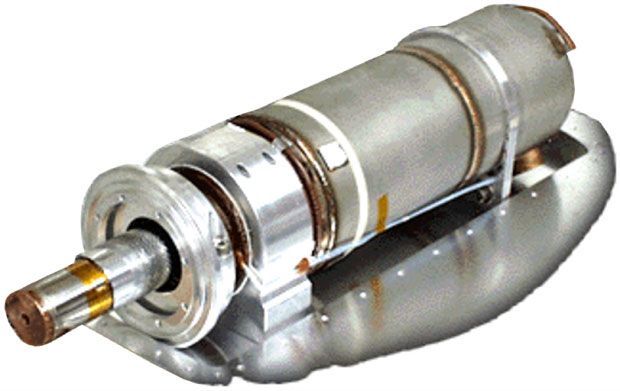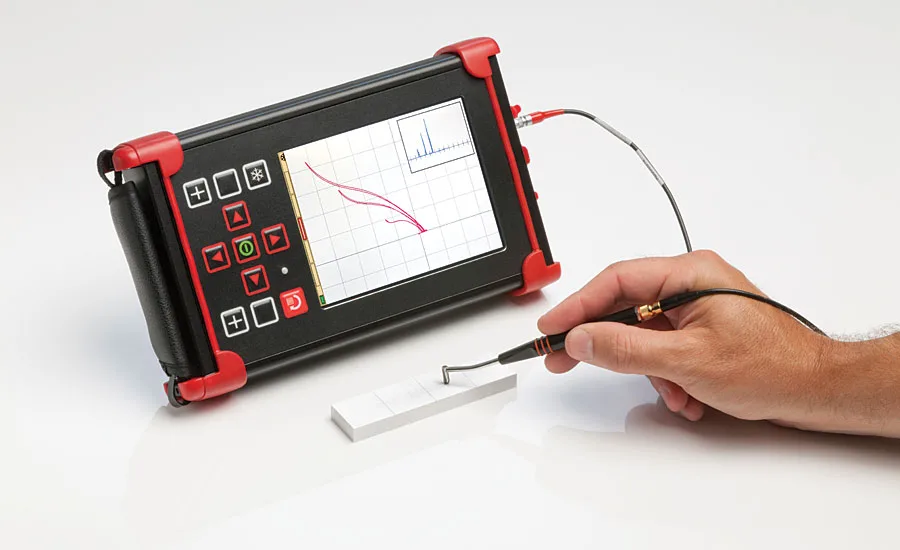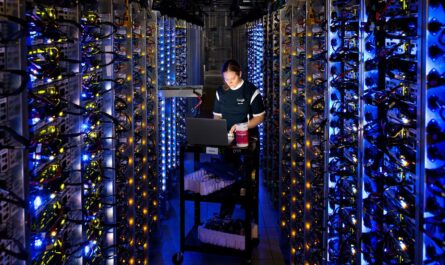A cryocooler is a closed-cycle refrigeration system that produces refrigeration at very low temperatures, in the range of 150 Kelvin (-123°C) or below. It uses cryogen-free cooling methods to reach ultra-low temperatures without the need for storing or transferring liquid cryogens like liquid nitrogen or liquid helium.
How Does a Cryocooler Work?
A cryocooler works on the principle of magnetocaloric or adiabatic demagnetization. In a magnetocaloric cryocooler, a magnetic material is placed inside a changing magnetic field. When the magnetic field is turned on, it causes the magnetic domains in the material to align with the field. This alignment of domains absorbs heat from the surroundings and cools the material. When the field is turned off, the domains randomize and release this absorbed heat.
This cycling of the magnetic field in and out causes the magnetic material to act like a refrigerator, continuously absorbing and releasing heat. A temperature difference is created between the cold tip or stage of the Cryocooler and the hot end connected to a heat sink. Liquid or gas is often used to transfer the heat from the cold stage to the hot end.
Types of Cryocoolers
There are different types of cryocoolers classified based on their operating cycle and cooling mechanism:
– Gifford-McMahon cryocoolers: Also called piston cryocoolers, they use helium gas as the working fluid compressed and expanded in a reciprocating motion using a displacer piston inside a refrigeration chamber. They can achieve temperatures down to 30-80 Kelvin.
– Stirling Cryocoolers: Similar to Gifford-McMahon coolers but use helium gas oscillating in a closed chamber with no displacer. More efficient with lower vibration, but also more complex. Temperatures as low as 20 Kelvin.
– Pulse Tube Cryocoolers: Work on the principle of reversible thermodynamics and have no moving parts inside the cold space. Very reliable, low vibration, but slightly less efficient. Can reach below 30 Kelvin.
– Joule-Thomson cryocoolers: Use the Joule-Thomson effect where a gas expands through a nozzle or porous plug to produce cooling. Simple and low-cost design but limited to higher temperatures above 80 Kelvin.
– Brayton Cryocoolers: Similar to Stirling coolers but use helium gas compressed by rotating turbine instead of piston. More complex design but very high efficiency. Temperatures below 4 Kelvin.
– Sorption Cryocoolers: Use reversible adsorption and desorption of gases like hydrogen on charcoal to provide cooling below 20 Kelvin without moving mechanical parts.
Applications of Cryocoolers
With no need for cryogens, Cyocoolers have enabled new applications where continuous cooling at cryogenic temperatures is required:
Infrared Sensors – Cryocoolers cool the detectors in infrared cameras and sensors to extremely low temperatures for enhanced sensitivity and performance. This has allowed miniaturization of IR imaging in medical, scientific and military devices.
Superconducting Systems – Maintaining temperatures below 10 Kelvin is crucial for superconducting quantum bits in quantum computers. Cryocoolers provide reliable cooling eliminating transfer of liquid helium.
Space Applications – Satellites and space telescopes utilize cryocoolers for cooling infrared sensors and superconducting systems. This makes space instruments more autonomous without regular cryogen resupply.
Medical Equipment – MRI machines require cooling superconducting magnets to 4-20 Kelvin. Cryocoolers have replaced liquid helium for more portable and cheaper MRI systems.
Industrial Processes – Applications like separation of air by distillation require cooling in the range of 80-150 Kelvin. Cryocoolers improve process efficiency over bulk gas cooling methods.
Scientific Research – Low temperature physics experiments studying phenomena like superfluidity need continuous cooling below 1 Kelvin. Closed-cycle cryocoolers avoid regular refills of expensive cryogens.
Advantages and Challenges
Cryocoolers have enabled many new cryogenic applications but also present unique technical challenges compared to vapor-cooled systems:
Advantages: Portable, reliable, maintenance-free cryogenic cooling without cryogens. Long operational life of 10-15 years. Vibration levels reduced versus gas refrigerators.
Challenges: Reduced efficiency at lower temperatures below 30 Kelvin. Heat lift capability limited by physics of operations. Complex designs increase cost versus gas refrigerators. Reliability reduced in space/harsh environments. Ongoing research to improve performance.
With continuous refinement through research and development, cryocoolers are increasingly helping unlock opportunities where cryogenic cooling was not possible before. They have truly revolutionized what can be cooled without liquids at ultra-low temperatures.
*Note:
1. Source: Coherent Market Insights, Public sources, Desk research
2. We have leveraged AI tools to mine information and compile it




